How often should railway excavator ballast plows be maintained?
For standard operating conditions, railway excavator ballast plow maintenance should follow a tiered approach: daily inspections before each shift, weekly more thorough checks, monthly comprehensive servicing, quarterly professional assessments, and annual complete overhauls. This maintenance cadence balances operational efficiency with equipment preservation. Daily maintenance focuses on lubrication, hydraulic system checks, and visual inspections for damage. Weekly maintenance includes deeper mechanical inspections and thorough cleaning. Monthly servicing addresses wear parts replacement and calibration. Quarterly maintenance requires professional evaluation of structural integrity and system optimization. Finally, annual overhauls involve complete disassembly, part replacement, and recertification to extend the equipment's service life and maintain safety standards. Adjustments to this schedule should be made based on usage intensity, environmental conditions, and manufacturer recommendations.
Daily or Shift-by-Shift Maintenance

Pre-Operation Inspection Procedures
The foundation of an effective maintenance program for any railway excavator ballast plow begins with thorough pre-operation inspections. These daily checks should be performed at the start of each shift without exception. Operators must examine the hydraulic systems for leaks, checking hoses, fittings, and cylinders for any signs of damage or fluid loss. Hydraulic fluid levels should be verified and topped up using only manufacturer-recommended fluids to maintain system integrity.
Visual inspection of cutting edges, wear plates, and moldboards is crucial as these components endure substantial stress during operation. Any signs of excessive wear, cracking, or deformation warrant immediate attention to prevent catastrophic failure during operation. The attachment points and mounting hardware deserve special attention – loose bolts or worn bushings can compromise both safety and performance. All fasteners should be checked for proper torque specifications according to the equipment manual.
Lubrication represents another critical aspect of daily maintenance. All pivot points, bearings, and moving joints must receive appropriate lubrication using specified greases to minimize friction and wear. Establish a systematic approach to ensure no lubrication point is overlooked, as even a single dry bearing can lead to premature component failure.
Post-Operation Maintenance Requirements
After completing operations, thorough cleaning of the ballast plow becomes essential. Accumulated debris, especially stone dust and metal fragments, accelerates wear on moving components and can interfere with proper functionality. High-pressure washing should focus on removing material from articulation points, hydraulic components, and cooling systems. However, care must be taken to avoid directing water jets at electrical components and sensitive hydraulic seals.
Post-operation inspections should identify any damage that occurred during the shift. Operators should document and report any abnormal sounds, vibrations, or reduced performance experienced during operation. This information proves invaluable for maintenance teams to address emerging issues before they escalate into major failures.
The hydraulic system deserves special attention during post-operation checks. Allow the system to cool before inspecting for hot spots that might indicate internal leaks or restrictions. Check hydraulic fluid for discoloration or the presence of metal particles, which could signal internal component degradation requiring immediate attention.
Regular Maintenance

Weekly Maintenance Protocols
Weekly maintenance builds upon daily inspections, delving deeper into the mechanical systems of the railway excavator ballast plow. This more comprehensive examination should occur during scheduled downtime to avoid operational interruptions. Technicians should perform thorough evaluation of all hydraulic components, including pressure testing where appropriate to verify system performance against manufacturer specifications.
Electrical system inspection becomes a priority during weekly maintenance. All wiring harnesses, controllers, sensors, and switches require examination for damage, corrosion, or loose connections. Diagnostic equipment can verify proper circuit functionality and identify potential problems before operational failure occurs. Testing control system responsiveness and calibration ensures precise ballast plow operation.
Drive mechanisms demand careful attention during weekly inspections. Check all chains, sprockets, gears, or belt systems for proper tension, alignment, and lubrication. Measure wear patterns against manufacturer tolerances and document progressive wear to forecast replacement timing. Address any unusual wear patterns promptly as they often indicate misalignment or component failure.
Monthly Servicing Requirements
Monthly maintenance represents a significant intensification of the inspection regime. Comprehensive hydraulic system analysis should include fluid sampling for laboratory analysis to detect contamination, degradation, or internal component wear. Filter replacement should occur according to manufacturer schedules or more frequently in dusty environments, regardless of operating hours.
Structural integrity assessment becomes crucial during monthly inspections. Using appropriate testing methods, technicians should examine all welds, stress points, and structural members for cracks or deformation. Early detection of structural issues prevents catastrophic failures and allows for more economical repairs before damage propagates throughout the structure.
Vibration analysis provides valuable insights into the condition of rotating components. Specialized equipment can detect bearing wear, misalignment, or imbalance issues that remain imperceptible through visual inspection alone. Establishing baseline vibration signatures during optimal operation allows for meaningful comparison during subsequent inspections to identify developing problems.
Quarterly Professional Assessment
Quarterly maintenance should involve manufacturer-certified technicians or specialists with extensive experience with railway equipment. These professionals bring specialized knowledge and diagnostic capabilities beyond typical maintenance staff. Their assessment should include comprehensive evaluation of hydraulic system performance, including flow rates, pressure testing, and valve function verification.
Non-destructive testing methods become valuable during quarterly inspections to assess structural integrity. Ultrasonic, magnetic particle, or dye penetrant testing can reveal hidden cracks or internal defects before catastrophic failure occurs. These specialized techniques require certified technicians but provide unparalleled insight into equipment condition.
Control system optimization should occur during quarterly servicing. As electronic components age, calibration drift occurs naturally. Professional technicians can reset parameters to factory specifications, update firmware or software, and ensure all automated functions operate within design parameters. This precision maintenance ensures optimal ballast placement and efficiency during railway maintenance operations.
Harsh Working Conditions

Environmental Impact on Maintenance Schedules
The operational environment significantly influences maintenance requirements for railway excavator ballast plows. Equipment operating in extreme temperature environments requires specialized attention. In cold climates, hydraulic systems need winter-grade fluids with appropriate viscosity ratings to ensure proper flow characteristics. Seals and hoses become more brittle in cold conditions, warranting more frequent inspection. Conversely, hot environments accelerate fluid degradation and component wear, necessitating shortened service intervals.
High humidity or saltwater exposure creates aggressive corrosion conditions that demand enhanced protection measures. Additional protective coatings, more frequent lubrication, and thorough cleaning after exposure become essential maintenance practices. Implement sacrificial anodes where appropriate to protect critical components from galvanic corrosion in these challenging environments.
Dusty conditions present unique challenges for railway equipment. Aggressive air filtration maintenance becomes paramount, with filter inspection and replacement occurring far more frequently than manufacturer standard recommendations. Sealed bearings require special attention as dust ingress accelerates wear exponentially. Consider supplemental filtration systems or enhanced sealing solutions for equipment consistently operating in these conditions.
Seasonal Maintenance Considerations
Comprehensive seasonal preparation ensures reliable performance regardless of environmental conditions. Prior to winter operations, thorough winterization procedures should include changing to appropriate hydraulic fluids, inspecting heating systems, and protecting vulnerable components from freezing damage. Water drainage from all systems prevents freeze damage during storage or operational downtime.
Summer preparation focuses on cooling system optimization and heat protection. Thorough cleaning of all heat exchangers, verification of cooling fan operation, and inspection of temperature control systems ensure reliable hot-weather performance. Consider supplemental cooling solutions for equipment operating in exceptionally hot climates to prevent hydraulic system overheating.
Transitional seasons require special attention to fluctuating conditions. Spring thaw brings moisture challenges as frozen ground releases water, creating muddy conditions that accelerate wear on undercarriage components. Fall brings vegetation and organic material that can wrap around rotating components or clog cooling systems. Targeted maintenance addressing these seasonal challenges prevents unexpected downtime during critical operational periods.
FAQ
What are the signs that a railway excavator ballast plow needs immediate maintenance?
Several indicators suggest urgent maintenance requirements for ballast plows. Unusual noises, particularly grinding, squealing, or knocking sounds during operation, signal component failure. Hydraulic system performance degradation, including slow response, inconsistent movements, or inability to maintain force, indicates potential pump failure, cylinder damage, or control valve issues. Visible fluid leaks, especially when progressive or substantial, require immediate attention to prevent catastrophic hydraulic system failure. Structural deformation, cracking, or visible fatigue in key components demands immediate inspection before continued operation to prevent total equipment failure during critical railway maintenance operations.
How does maintenance frequency compare between different manufacturers' railway excavator ballast plows?
While maintenance fundamentals remain consistent across manufacturers, important nuances exist between different equipment brands. Proprietary hydraulic system designs may require specific maintenance procedures or specialized fluids. Electronic control systems vary significantly between manufacturers, with some requiring more frequent calibration or specialized diagnostic equipment. Component quality and design philosophies influence replacement intervals substantially. Premium manufacturers often incorporate higher-grade materials and more robust engineering, potentially extending service intervals. Always prioritize manufacturer recommendations for your specific equipment model over generic maintenance guidelines to ensure optimal performance and warranty compliance.
What maintenance technologies are emerging for railway excavator ballast plows?
The maintenance landscape for railway equipment continues evolving with technological advancement. Telematics and remote monitoring systems now provide real-time equipment health data, enabling predictive maintenance approaches based on actual operating conditions rather than fixed intervals. Automated lubrication systems ensure precise delivery of lubricants to critical components, reducing human error and ensuring consistent protection. Improved fluid filtration technologies extend hydraulic system life by maintaining cleaner operating environments within critical systems. Advanced materials science delivers longer-lasting wear components with superior performance characteristics, gradually extending service intervals and reducing maintenance demands while improving operational reliability.
Ballast Plow For Excavator
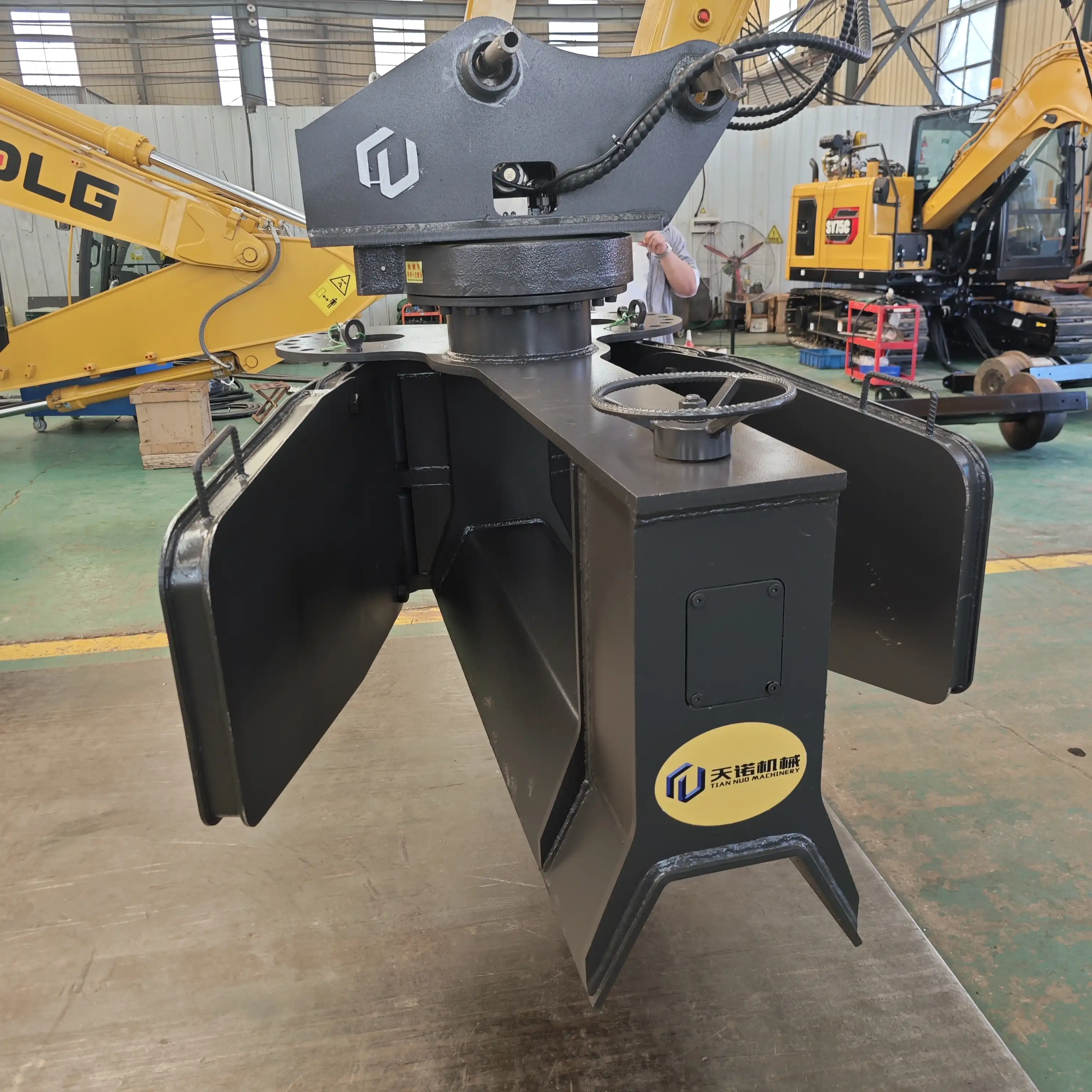
Looking to streamline your railway maintenance operations? Tiannuo's ballast plow is the answer. Compatible with 7-15 ton excavators, this plow boasts a maximum width of 2814 mm and a maximum height of 1096 mm. Its adjustable working angle and 360° rotation angle ensure it can tackle any job with ease. Made from high-strength alloy plate and operated hydraulically, this tool is designed for durability and efficiency. Ready to make a difference? Contact our team manager at arm@stnd-machinery.com or reach out to our other team members at rich@stnd-machinery.com and tn@stnd-machinery.com. Let's work together to keep your tracks clear and efficient.
References
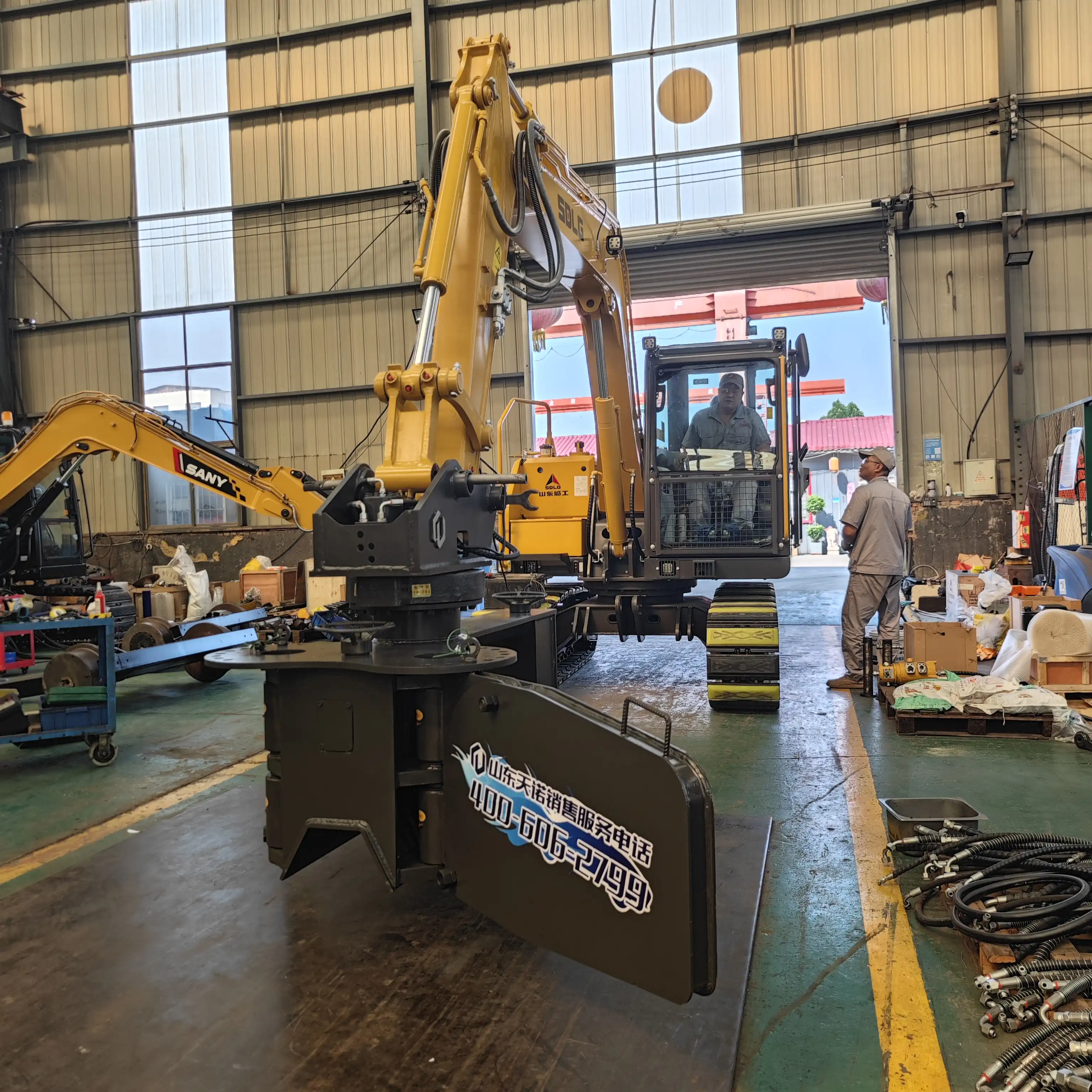
Railway Maintenance Equipment Association. (2024). Standard Practices for Railway Excavator Attachment Maintenance. Technical Publication Series, Volume 12.
Zhang, J. & Williams, T. (2023). Hydraulic System Longevity in Heavy Railway Equipment: Maintenance Protocols and Best Practices. Journal of Railway Engineering Maintenance, 45(3), 112-128.
International Railway Equipment Maintenance Council. (2024). Guidelines for Railway Construction Equipment Maintenance Schedules. Industry Standard Publication 2024-03.
Peterson, M. & Nakamura, H. (2023). Environmental Factors Affecting Railway Construction Equipment: Maintenance Adaptations for Extreme Conditions. Heavy Equipment Engineering Review, 18(2), 67-82.
European Railway Equipment Manufacturers Association. (2024). Maintenance Interval Optimization for Railway Track Maintenance Equipment. Technical Guideline Publication Series, Volume 7.
About Author: Arm
Arm is a leading expert in the field of specialized construction and railway maintenance equipment, working at Tiannuo Company. Tiannuo specializes in manufacturing a wide range of products, including railway maintenance equipment like railway sleeper changing machines and screening machines, excavator modification equipment such as excavator lifting cabs, various engineering arms for excavators, excavator accessories like digging buckets, and engineering vehicle auxiliary equipment like loader buckets.
YOU MAY LIKE
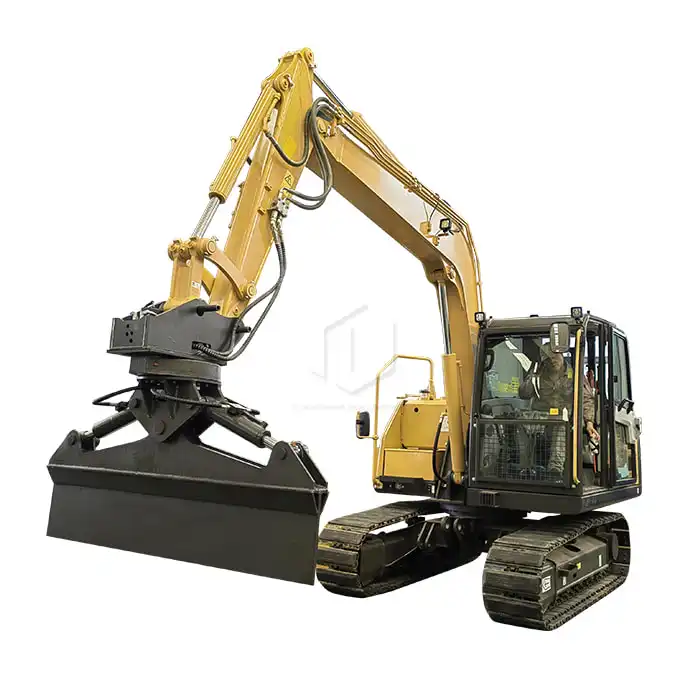 VIEW MOREExcavator Railway Slope Cleaning Machine
VIEW MOREExcavator Railway Slope Cleaning Machine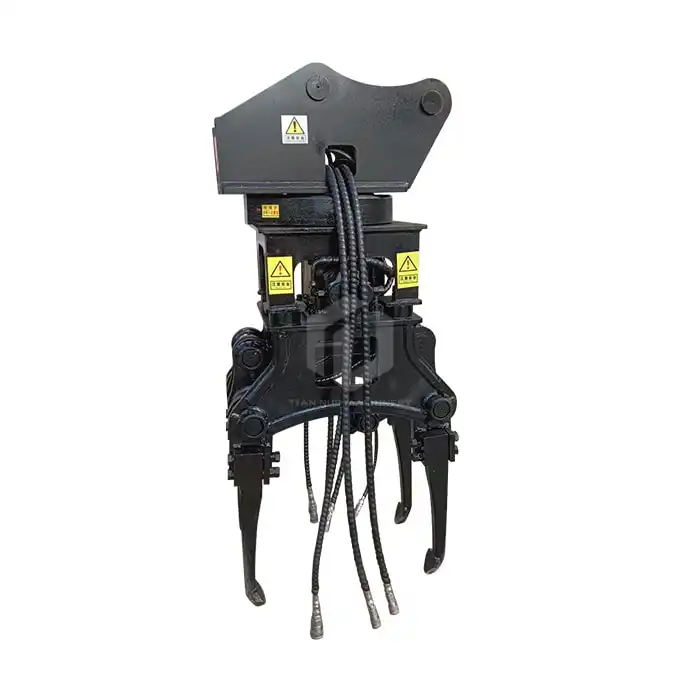 VIEW MOREHigh-vibration hydraulic ballast tamping machine
VIEW MOREHigh-vibration hydraulic ballast tamping machine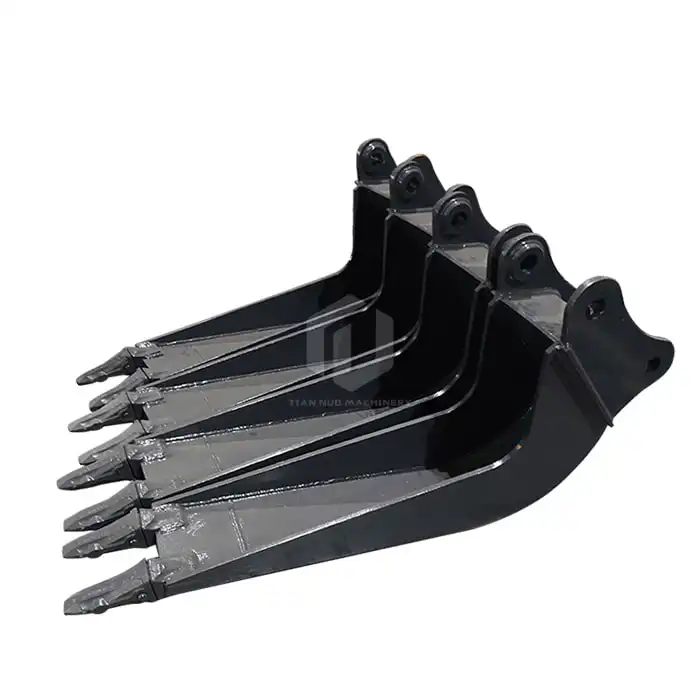 VIEW MOREExcavator rock single hook
VIEW MOREExcavator rock single hook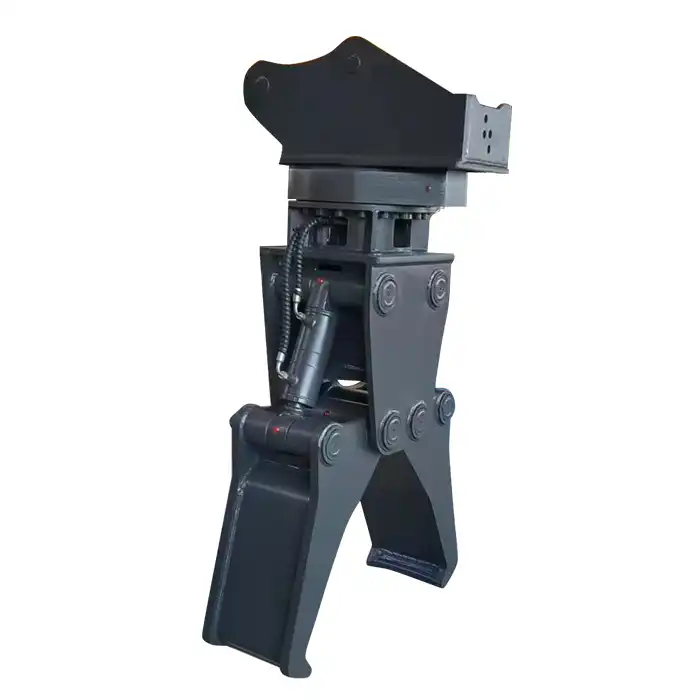 VIEW MOREExcavator Hydraulic Rail Clamp
VIEW MOREExcavator Hydraulic Rail Clamp VIEW MOREDegree Rotating Hydraulic Tilt Ditching Bucket
VIEW MOREDegree Rotating Hydraulic Tilt Ditching Bucket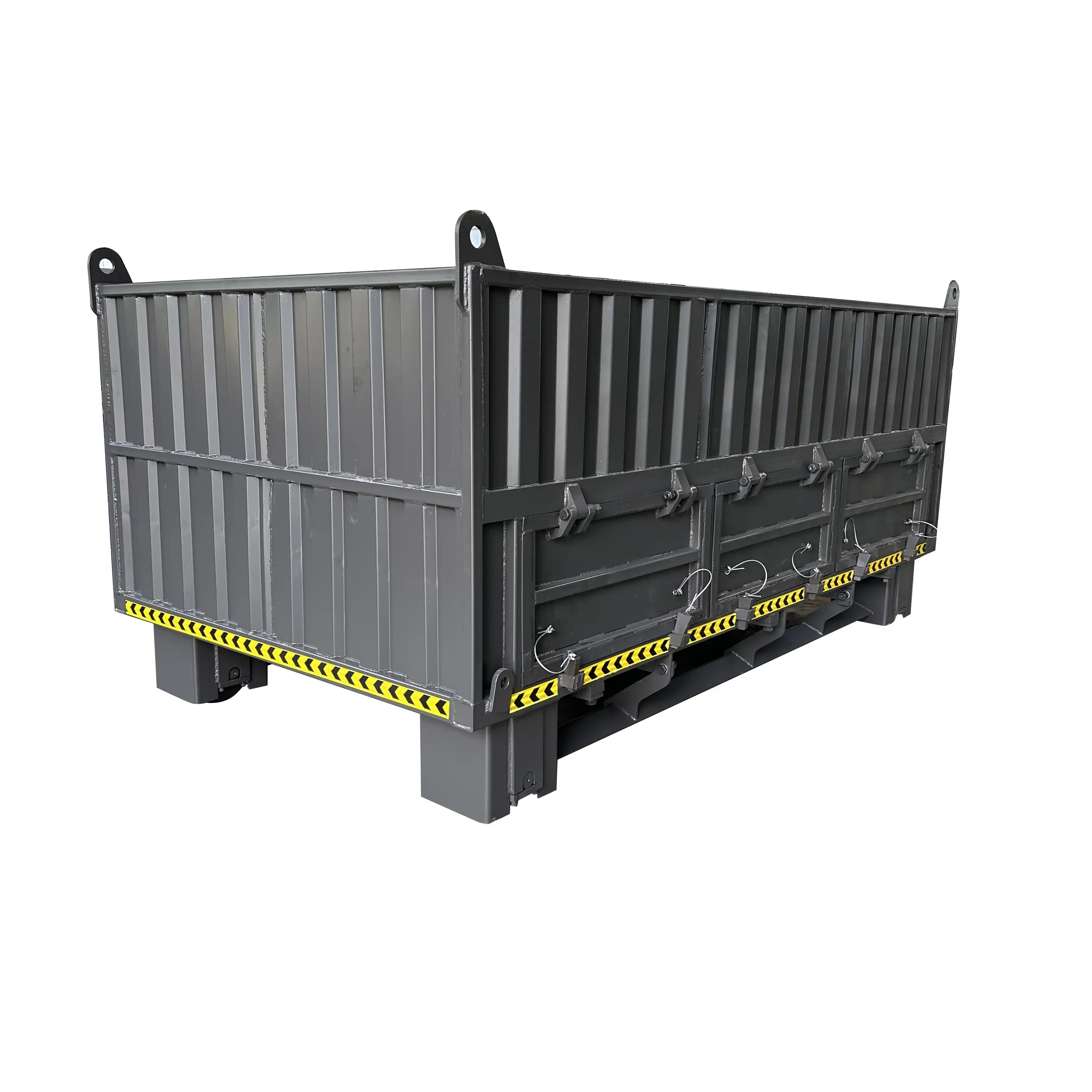 VIEW MORERailroad Ballast Car
VIEW MORERailroad Ballast Car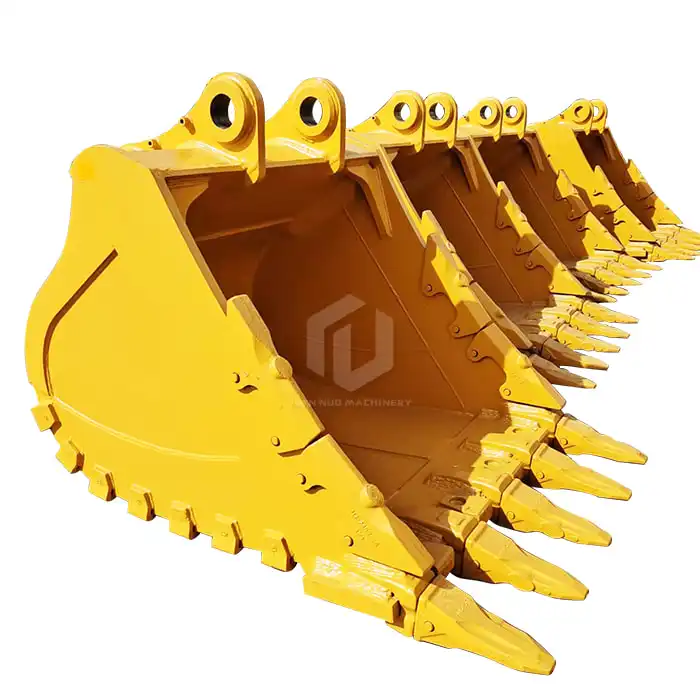 VIEW MOREExcavator Rock Bucket
VIEW MOREExcavator Rock Bucket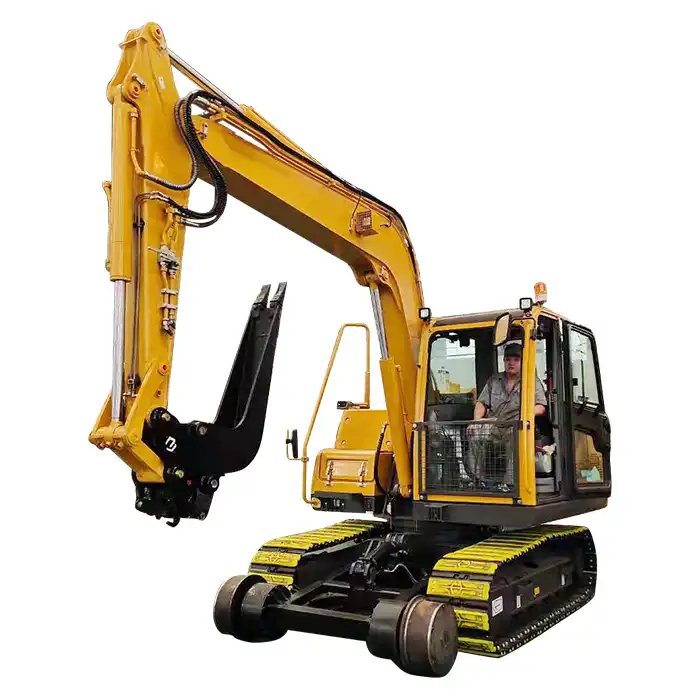 VIEW MORERailway Excavator Cleaning Bucket
VIEW MORERailway Excavator Cleaning Bucket

